Pyramid of Userkaf
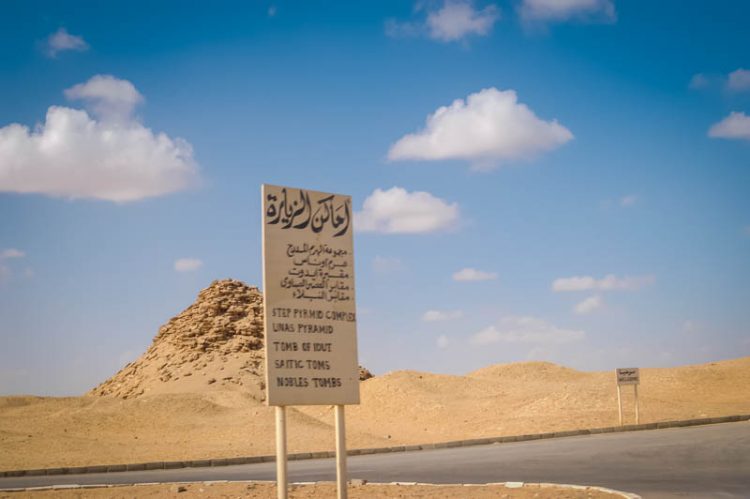
This utterly collapsed pyarmid looks like a conical stone pile, but it marks the return of the pharaohs to Saqqara as a burial place in the fifth dynasty.
Read MoreAncient sites and sand

This utterly collapsed pyarmid looks like a conical stone pile, but it marks the return of the pharaohs to Saqqara as a burial place in the fifth dynasty.
Read More
The entrance to this mastaba is unassuming, but inside, the reliefs and paintings are well-preserved.
Read More
One of the smaller tombs in the complex of Saqqara, from the fifth dynasty
Read More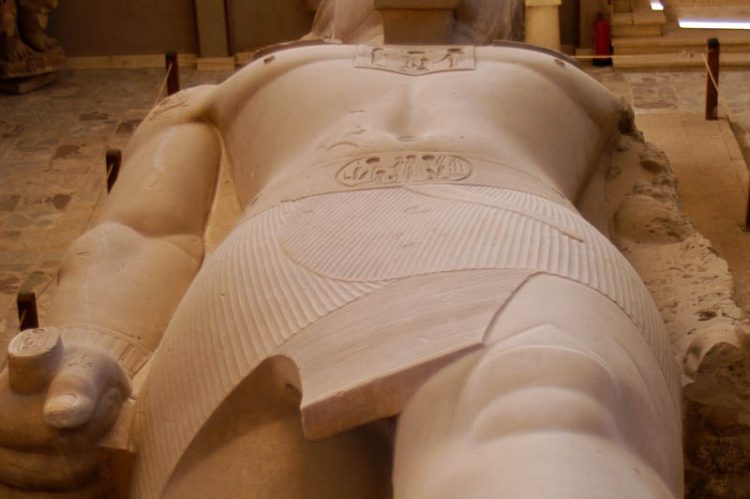

The rest of the site of the “lost” city of Memphis is a small garden with some pieces of statuary, and remains of an embalming house attached to the long-gone Temple of Ptah.
Read More
Everyone has seen the face of the giant Great Sphinx at Giza, but most people don’t see the hundreds of sphinxes that remain in the temples and ruins in Egypt. The Great Sphinx is certainly not alone
Read More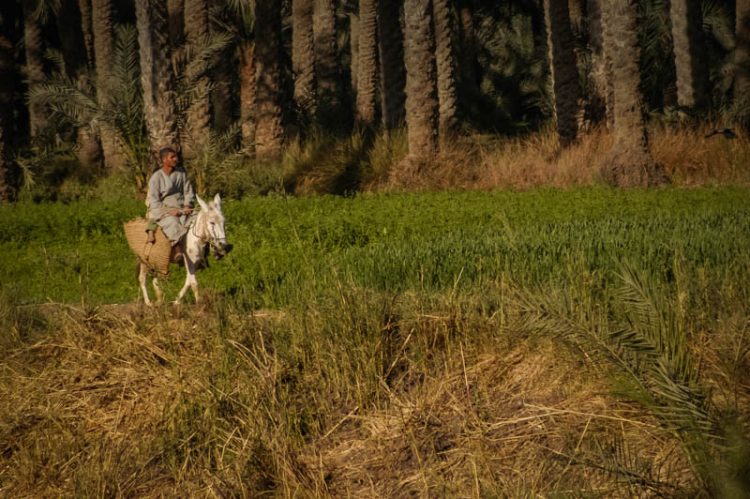
Abu Sir is just a bit south of Cairo, and is part of the swath of pyramid fields that run alongside the Nile. The crumbled monuments here are only a few of the 300 pyramids in Egypt.
Read More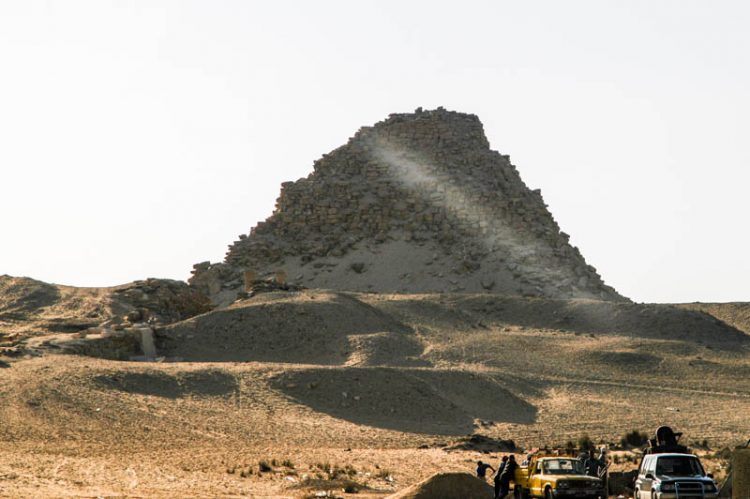
The pyramid of Sahure (named “The Rising of the Ba Spirit”) is built as a core of blocks of limestone , and originally consisted of five or six steps with the blocks held together with a mud mortar.
Read More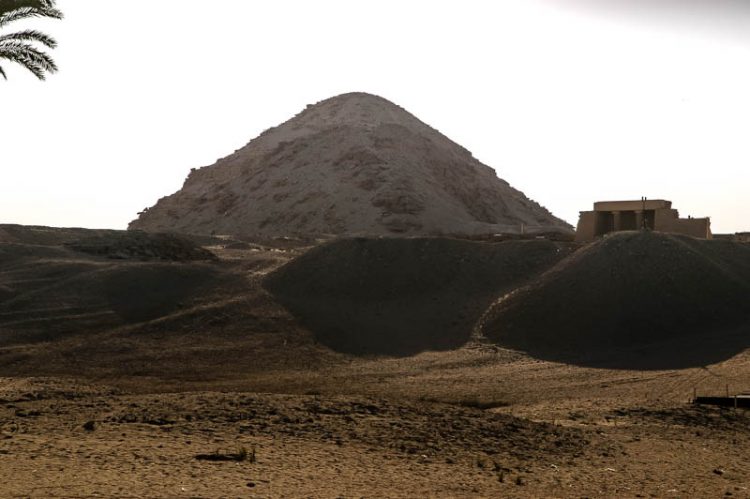
The pyramid is called “The Places of Niuserre Established”, and was constructed of seven steps of limestone blocks and mortar, and covered with a casing of fine white limestone.
Read More